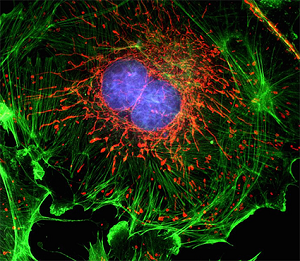University of Oxford scientists have developed a new method for 3D-printing laboratory-grown cells to form living structures. The new method enables the production of complex tissues and cartilage that can potentially support, repair or augment diseased and damaged areas of the body.
 University of Oxford scientists have developed a new method for 3D-printing laboratory-grown cells to form living structures. The new method enables the production of complex tissues and cartilage that can potentially support, repair or augment diseased and damaged areas of the body.
University of Oxford scientists have developed a new method for 3D-printing laboratory-grown cells to form living structures. The new method enables the production of complex tissues and cartilage that can potentially support, repair or augment diseased and damaged areas of the body.
The research, published in the journal Scientific Reports, highlights the problem of developing an efficient 3D printer for living tissues due to the difficulty of controlling and positioning cells in a 3D environment. The cells can shift inside printed tissues and the scaffolding printed to support the cells can collapse on itself.
The Oxford researchers new approach is able to build tissues in self-contained cells that support the structures to maintain their shape. In order or protect the cells the researchers placed them inside nanolitre droplets wrapped in a lipid coating that can be combined into living structures. Protecting the cells this way improves the survival rate of the individual cells and lets tissues be built more precisely.
Read more at https://www.singularityarchive.com/oxford-university-develops-new-3d-bioprinter-build-organs-tissues/



